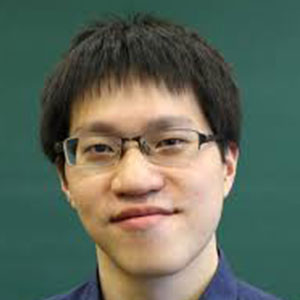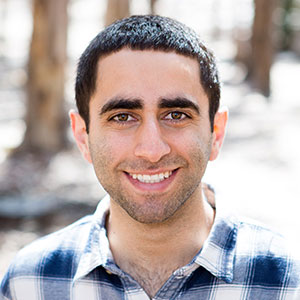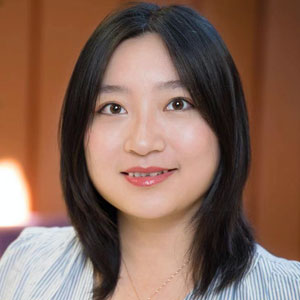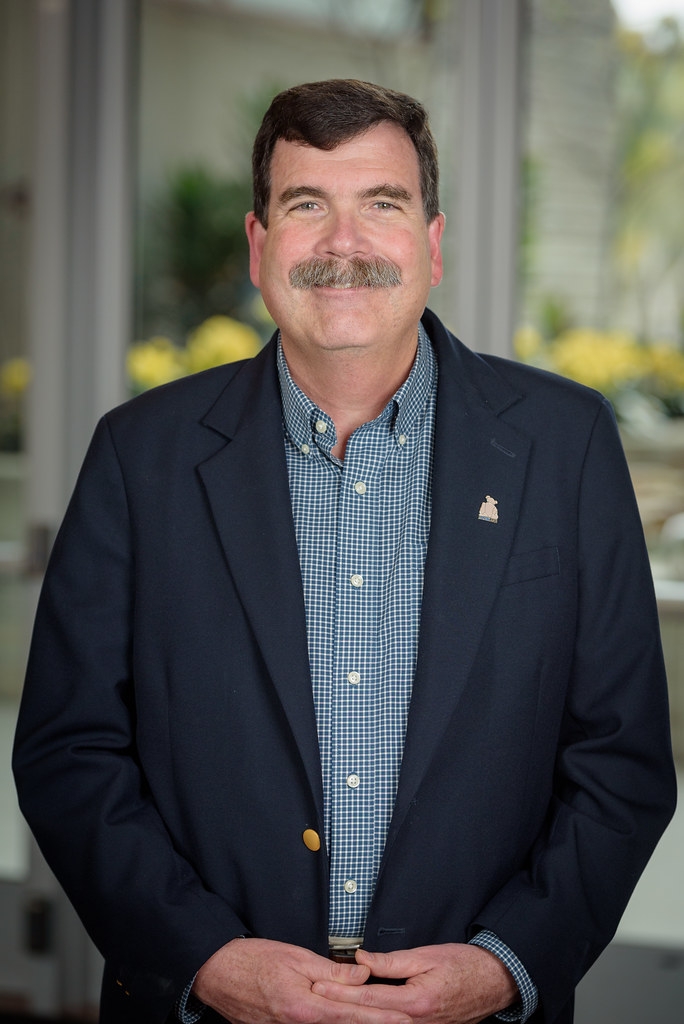Integrating Robots in Public and Private Spaces for the Common Good
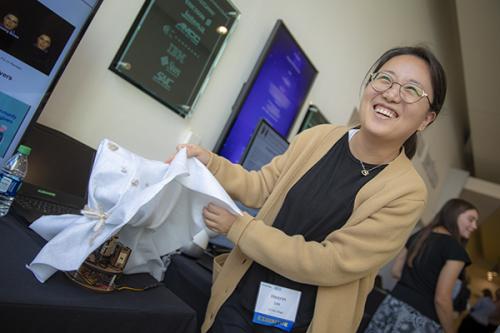
San Diego, Calif., Feb. 5, 2020 — UC San Diego alumna Hee Rin Lee, now an assistant professor in MSU’s Department of Media and Information, explores how we can integrate robots into our lives for social good, whether it be in a retirement community or a bustling factory. The roots of her research go back to her time in the lab of computer science professor Laurel Riek here at the Jacobs School of Engineering at UC San Diego.
Robotic inspirations
Lee first moved to the United States from South Korea a decade ago to attend graduate school. As she tried to fit into American society, Lee encountered many different experiences that amounted to culture shock in her new home. Her need for cultural adjustment led to her interest in implementing robots in human spaces. Lee stated that there is a parallel: Robots have to undergo a form of culture shock when integrating into human life, just as Lee did.
Lee wanted to not only bridge this divide, but to also improve human experiences with robots once this divide is crossed, while at the same time addressing the need for social intervention.
Robots currently used in factories, for example, are segregated to their own section of the workspace. Lee said they are focused on efficiency. To her, there are greater possibilities for the establishment of robots in the workforce than separation and improved workflow. There is a lack of interaction with humans when addressing the presence of robots.
“Those people were engineers, which means when you’re trained in school, what you’re learning is how to talk to machines,” Lee said. “You’re not really getting into this space, how you interview people and analyze data.”
Lee wants to take the interaction of robots and humans a step further, with a focus on the positive social impact robots can have on humans. Through working with elders with dementia, nurses in hospitals and factory workers, Lee plans to assist humans with the implementation of robots to aid with their own needs.
Personalized robotic elder care
Lee’s goal is to help those who are marginalized in society. This first came to fruition through her work with elders. She sought to personalize care below the surface of what gets recorded on the medical charts. These human-friendly robots would not be focused on disabilities or the typical stereotypes related to aging, but on what support the elders in her study felt they needed in their everyday lives.
During her work as a postdoctoral researcher at UC San Diego, Lee went about creating individualized prototypes for robots that could suit elders’ specific needs. She began by interviewing the elders, not for their medical condition or what they needed assistance with, but to learn about them as unique individuals who have lived fulfilling lives.
“That became my focus,” Lee said. “How can I reflect those groups? What are their actual issues? How can we design a robot to support them from their perspective?”
The elders created situational maps to highlight their needs. Lee then worked closely with the elders to design the robots and created customized prototypes. The elders in the study tested and used the prototypes, and Lee reworked the design based on their feedback.
The concept of using robots to assist aging citizens is not uncharted territory. Lee discussed the previous ventures many robotists have had into assisted living and in improving the lives of older adults with machines.
“It becomes really interesting research, because they were so interested in robots but they didn’t really think about how elders would feel about this,” Lee said. “Robotists’ understanding of aging and older adults’ understanding of aging is completely different.”
AI implications in nursing
Lee’s most recent work took place in the sterilized white walls of the common hospital. She and her research partner, Angelique Taylor, one of Riek’s Ph.D. students at UC San Diego, noticed a power hierarchy between physicians and nurse practitioners in the medical space, where they were concerned with errors in patient care.
Lee and Taylor developed a group tracking algorithm that nurses can use to keep track of errors they find made by their cohorts, in order to ensure there is no cross contamination of germs in the workplace. The technology has broader implications in team communication and improving everyday workflow.
During her work, Lee said she observed a shortage of nurses at the hospital. So, the team also devised ways for the algorithm to be used in critical situations, providing a “robot crash cart” as a backup service. They brainstormed a set choreography that would help to ensure the right amount of people were present at the right time, with the “robot crash cart” making up for any shortages in staff.
“Throughout our design process, we want to test our technology with nurses to ensure their needs are being met when they work alongside our robots, as well as use robots as a means of speaking up for nurses in situations that make them uncomfortable or when doctors/physicians do not take their concerns seriously,” Taylor said.
“These situations lead to patient safety risks, which can lead to patient deaths.”
Robotic ventures into factories and education
An avenue of social assistance Lee has already scoped out, but wants to investigate further, is the factory work environment. Lee visited a factory that was already using a robot to carry out certain duties. These duties included carrying packages and making sure materials arrived where they needed to be. Lee found an issue: the removal of jobs from older workers to make room for this robotic innovation.
Lee aims to educate workers who know little about the robot and its capabilities, while coming up with a solution to use the robot without interfering with the current factory workflow. She is also interested in creating an educational program that teaches youth about AI, with a focus on what people most want to learn about the advanced technology.
Lee plans to continue researching robotics, as it relates to how machines can fit into human spaces to better human society.



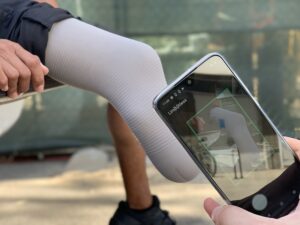 In November, 2019, ten UC San Diego students filed into a bustling amputee clinic in Jaipur, India. On one side of the room, men and women, some bearing crutches, watched as their new limbs took shape under the staff’s careful hands. For many of them, a prosthetic limb represented the chance to regain their mobility, independence and livelihoods.
In November, 2019, ten UC San Diego students filed into a bustling amputee clinic in Jaipur, India. On one side of the room, men and women, some bearing crutches, watched as their new limbs took shape under the staff’s careful hands. For many of them, a prosthetic limb represented the chance to regain their mobility, independence and livelihoods.

